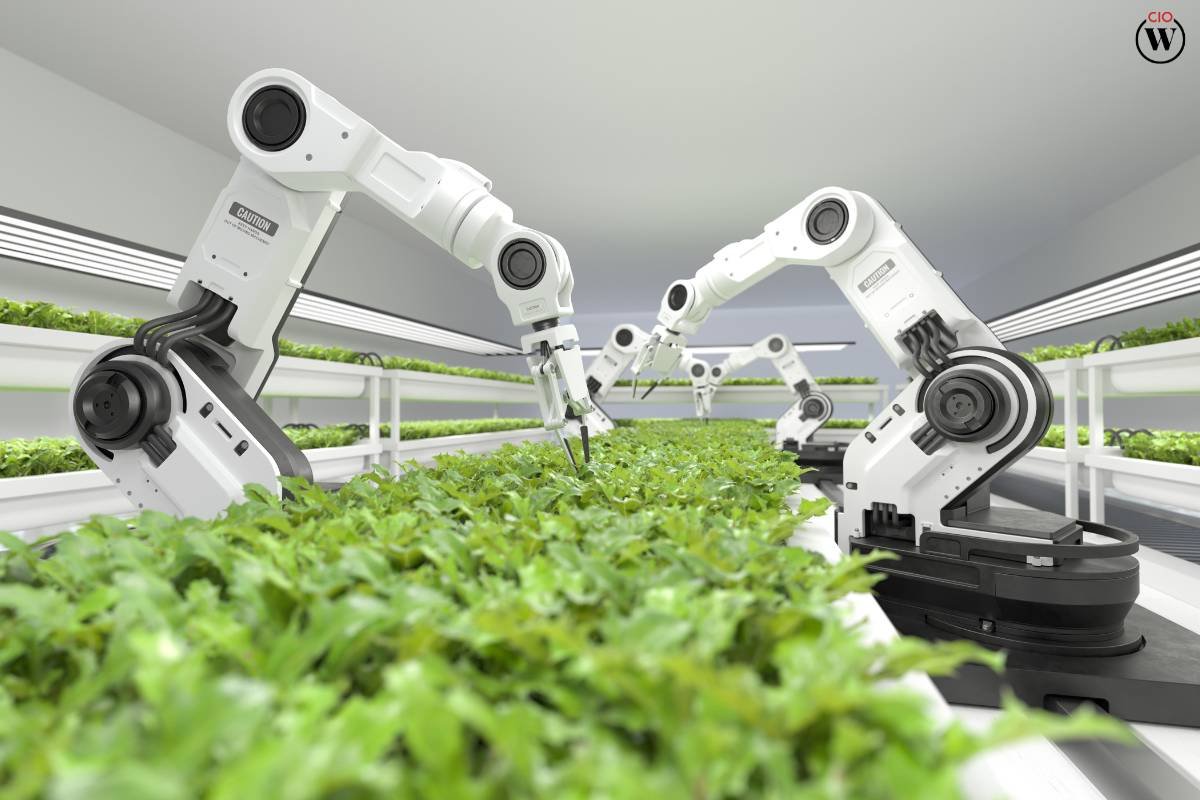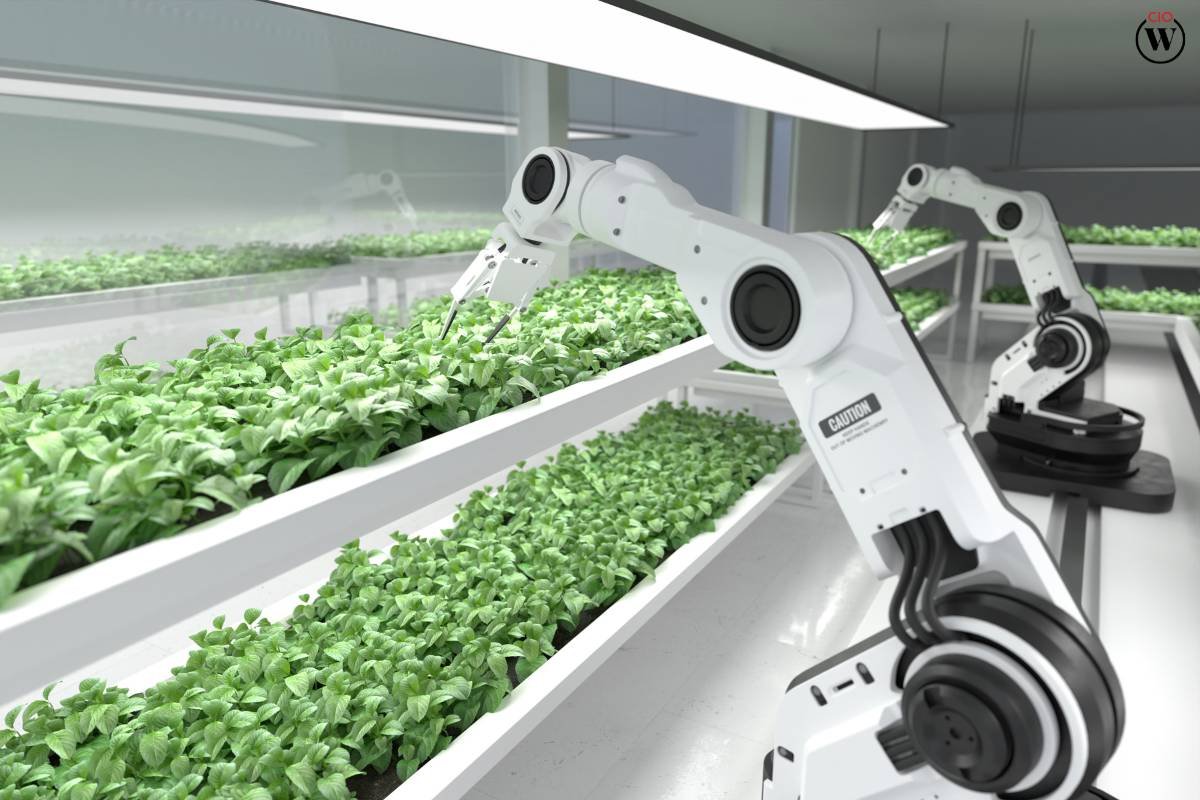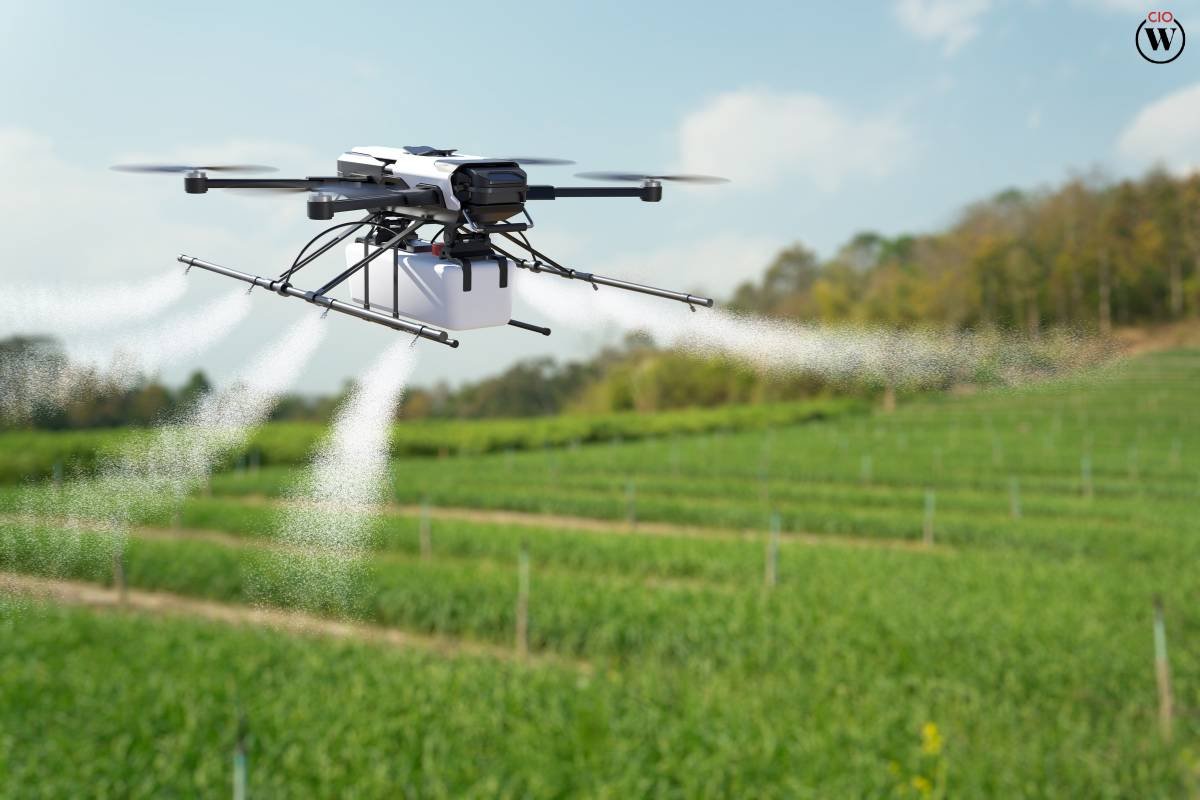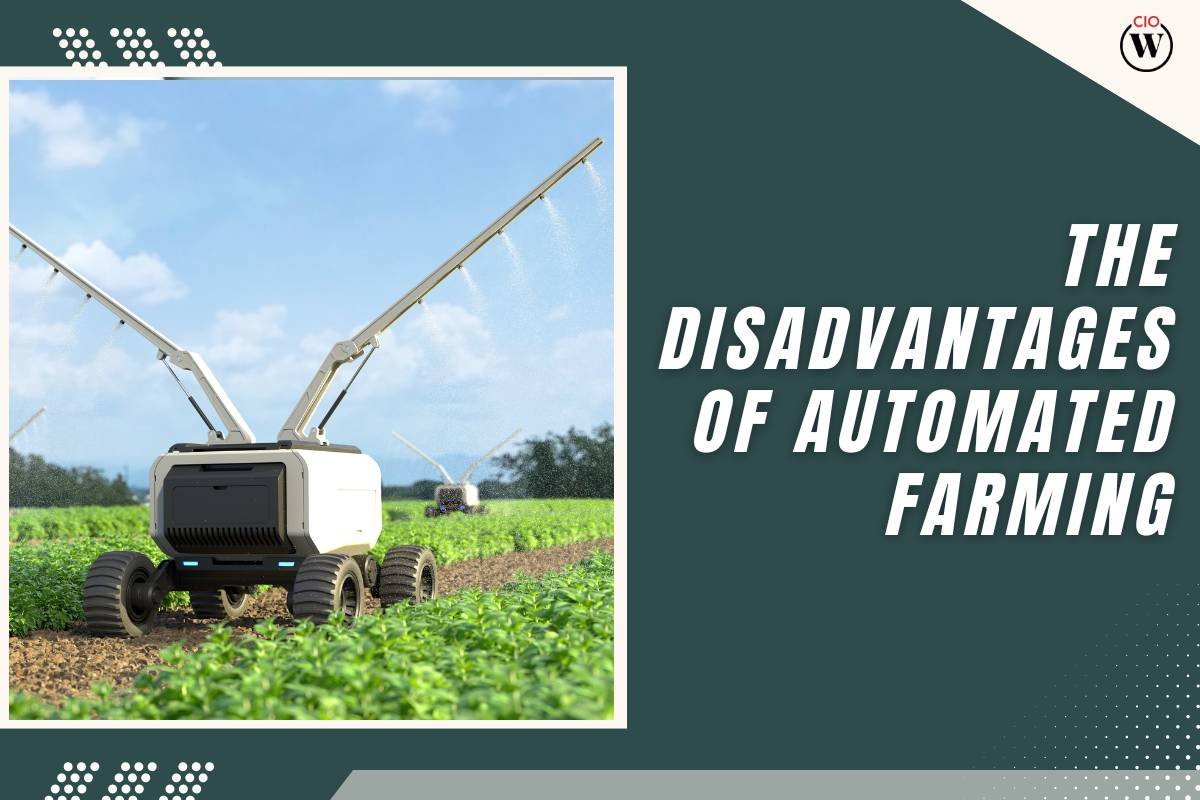In recent years, the agricultural industry has witnessed a rapid evolution driven by technological advancements. One of the most significant transformations is the widespread adoption of automated farming techniques. Automated farming, leveraging robotics, artificial intelligence (AI), and other cutting-edge technologies, promises enhanced efficiency, increased yields, and reduced labor costs. However, amid the allure of these benefits, it’s crucial to acknowledge and address the disadvantages of automated farming.
Automated farming, while revolutionary, brings forth several notable drawbacks that extend beyond the confines of the field. From environmental concerns to socio-economic implications,
Here are some key disadvantages of automated farming:
1. Loss of Traditional Farming Practices:
Automated farming replaces age-old farming practices with sophisticated machinery and algorithms, which is one of the prominent disadvantages of automated farming. While this enhances productivity, it also erodes traditional knowledge and skills passed down through generations. The cultural significance and heritage associated with traditional farming methods risk being lost in the pursuit of automation.
2. Dependency on Technology:

With automated farming, farmers become increasingly reliant on technology to manage their operations. This dependency leaves them vulnerable to disruptions caused by technical glitches, cyber-attacks, or power outages. A malfunction in automated systems could result in significant crop loss or operational downtime, impacting livelihoods and food supply chains.
3. High Initial Investment:
The implementation of automated farming systems requires substantial upfront investment in machinery, sensors, software, and infrastructure. For small-scale farmers or those operating in resource-constrained regions, these costs can be prohibitive. The financial barrier limits access to automation technology, exacerbating inequalities within the agricultural sector.
4. Environmental Concerns:
While automated farming aims to optimize resource usage, it can inadvertently contribute to environmental degradation. Intensive mechanization may lead to soil compaction, reducing soil fertility and impairing water infiltration. Additionally, the energy consumption associated with running automated machinery and facilities contributes to carbon emissions, exacerbating climate change concerns.
5. Job Displacement:
One of the most significant socio-economic impacts of automated farming is the displacement of agricultural labor. As machines take over tasks traditionally performed by human workers, there is a decline in the demand for manual labor in the agricultural sector. This shift can result in unemployment or underemployment in rural communities, leading to economic hardship and social unrest.
6. Loss of Biodiversity:
Loss of biodiversity is another one of the worrisome disadvantages of automated farming. The mechanization of farming practices often prioritizes monoculture and uniformity, leading to a reduction in biodiversity. Large-scale automated farms tend to focus on cultivating a limited number of high-yield crops, neglecting indigenous or heirloom varieties. This homogenization of crops diminishes genetic diversity, making agricultural systems more susceptible to pests, diseases, and crop failures.
7. Data Privacy Concerns:
Automated farming relies heavily on data collection and analysis to optimize decision-making processes. However, the collection of sensitive agricultural data raises concerns about privacy and data security. Farmers may be apprehensive about sharing proprietary information with technology providers or government agencies, fearing misuse or exploitation of their data.
8. Skills Gap:

The transition to automated farming necessitates a workforce equipped with technical skills to operate and maintain complex machinery and software. However, there is often a significant skills gap between the existing agricultural workforce and the competencies required for automation. Training programs and educational initiatives must be implemented to bridge this gap and ensure the successful integration of automation technology.
9. Dependency on External Inputs:
Automated farming systems often rely on external inputs such as fertilizers, pesticides, and genetically modified seeds to maximize yields. This dependency on agrochemicals can have adverse effects on soil health, water quality, and human health. Moreover, the reliance on genetically modified organisms (GMOs) raises ethical concerns and poses potential risks to ecosystems and biodiversity.
10. Loss of Human Touch:
In the era of automated farming, the human connection to the land and the food it produces can become increasingly distant. The personalized care and attention given by human farmers to their crops and livestock are replaced by mechanized processes driven by efficiency and productivity metrics. This loss of human touch diminishes the intrinsic value and authenticity.
11. Vulnerability to Cybersecurity Threats:
As automated farming systems become increasingly interconnected through the Internet of Things (IoT) and cloud-based platforms, they become susceptible to cybersecurity threats. Malicious actors could exploit vulnerabilities in the software or network infrastructure, leading to data breaches, sabotage, or even remote hijacking of farming machinery. Ensuring robust cybersecurity measures is paramount to safeguarding automated farming operations.
12. Ethical Concerns Regarding Animal Welfare:
While automation in agriculture often focuses on crop production, livestock farming also undergoes mechanization processes. However, there are ethical considerations regarding the treatment of animals in automated systems. The confinement and handling of livestock by robotic systems may compromise animal welfare standards, raising ethical dilemmas about the humane treatment of animals in industrialized farming practices.
13. Loss of Community Resilience:

Traditional farming communities have long thrived on principles of mutual support, cooperation, and resilience in the face of challenges. The adoption of automated farming technologies can disrupt these community dynamics by centralizing production and reducing the need for human labor. This shift erodes the social fabric of rural communities, diminishing their ability to respond collectively to crises and changes in agricultural practices.
14. Increased Susceptibility to System Failures:
The complexity of automated farming systems introduces the risk of systemic failures that could have far-reaching consequences. A malfunction or breakdown in critical components, such as irrigation systems or automated harvesting equipment, could disrupt entire farming operations, leading to significant financial losses and food supply disruptions. Mitigating these risks requires redundancy measures and contingency plans to ensure the resilience of automated farming systems. This makes it one of the challenging disadvantages of automated farming.
15. Exacerbation of Land Concentration:
Automated farming tends to favor large-scale agribusinesses capable of making substantial investments in technology and infrastructure. This concentration of resources can exacerbate land concentration, with larger farms acquiring more land at the expense of smaller, family-owned operations. The consolidation of land ownership limits opportunities for smallholders and aspiring farmers, perpetuating inequalities in land access and tenure of agricultural products.
Despite these disadvantages of automated farming, it’s essential to recognize that automated farming also presents opportunities for innovation and sustainable development. By addressing the challenges associated with automation, such as environmental degradation and socio-economic inequality, stakeholders can harness the potential of technology to create a more resilient and equitable agricultural system.
Conclusion
In conclusion, while automated farming offers undeniable benefits in terms of efficiency and productivity, it is not without its drawbacks. From the erosion of traditional farming practices to environmental degradation and job displacement, the disadvantages of automation highlight the need for careful consideration and mitigation strategies. By striking a balance between technological advancement and socio-environmental responsibility, the agricultural sector can navigate the complexities of automation while fostering resilience and sustainability.









